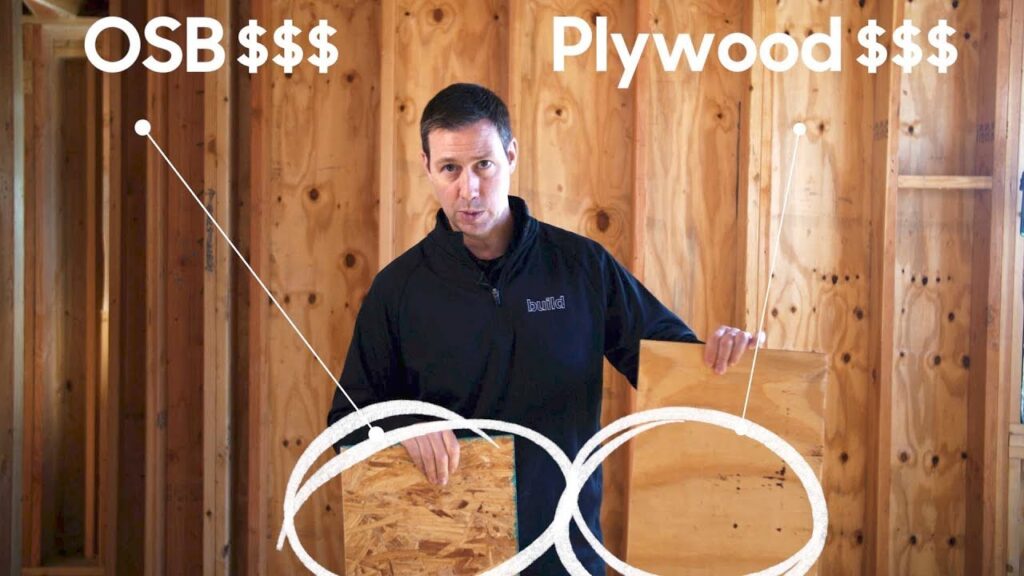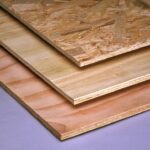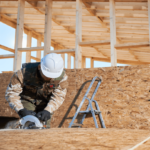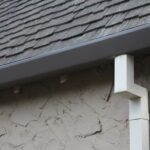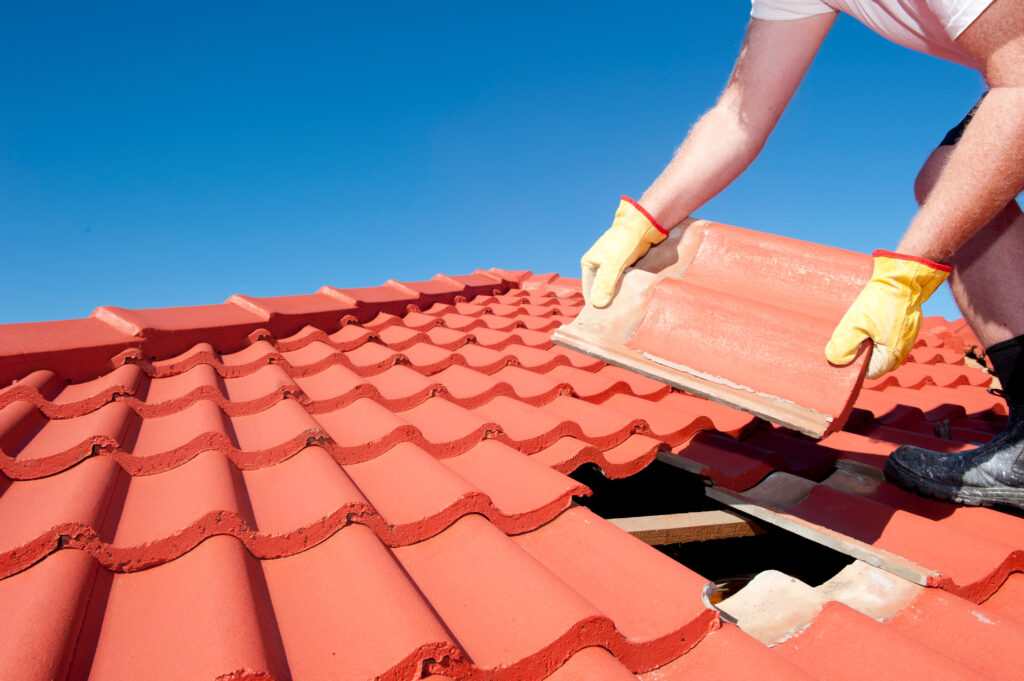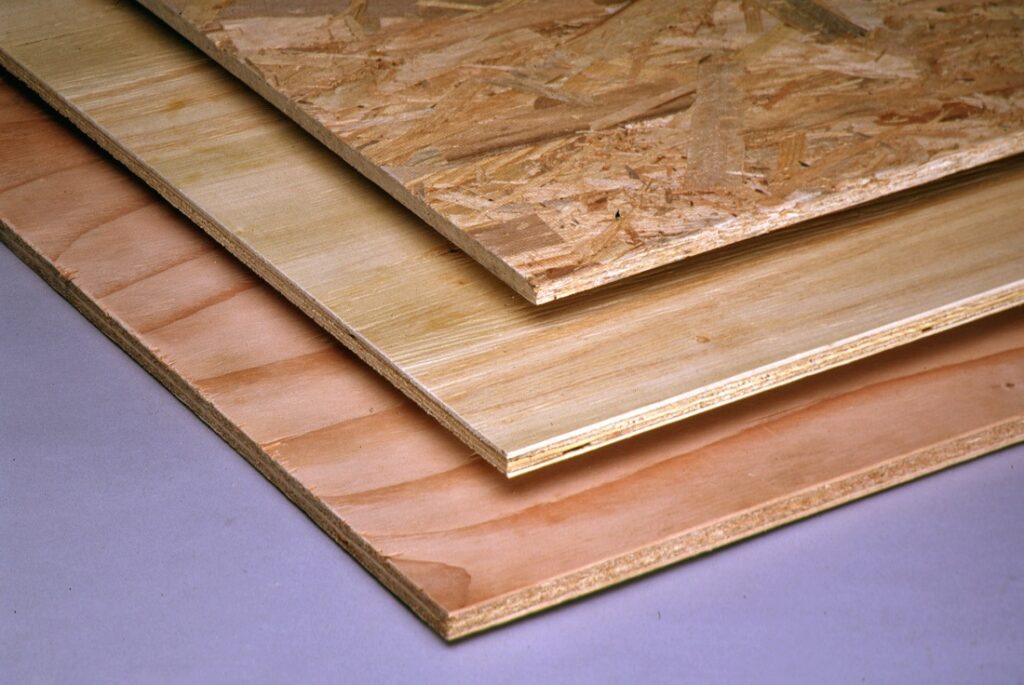In the course of home construction or renovation, choices have to be made on materials that strike a balance between cost, durability and aesthetics. One such choice homeowners often need to make is the type of structural panel they want to use: OSB or plywood.
In an effort to provide a comprehensive understanding of these two materials, here is a quick breakdown of what we are going to delve into:
- OSB Basics: An engineered wood particle board.
- Plywood Essentials: Constructed from single sheets of wood veneers.
- Appearance comparison: Addressing the varying aesthetics.
- Durability factor: Discussing which material lasts longer.
- Environmental concerns: Exploring the eco-friendliness of both.
- Cost analysis: Checking out if OSB or plywood is more economical.
Post this brief rundown, we’ll delve deeper into each topic to ensure an informed choice between OSB vs Plywood.
Contents
Detailed Comparison Between OSB and Plywood
Before making a decision, it’s crucial to find a reliable source for these materials and understand how they’ll perform with regard to your specific requirements. For those living in the UK, you may want to consider checking out this guide on how to find a good roofer in Cambridgeshire, who can effectively advise on the best material for your specific situational needs.
Keep in mind that both OSB and plywood have their own unique strengths.
It’s up to your personal needs and preferences to determine which one is ultimately the best fit for your project.
In essence, take your time, weigh out the pros and cons of OSB vs plywood, then make an informed decision.
What is OSB?
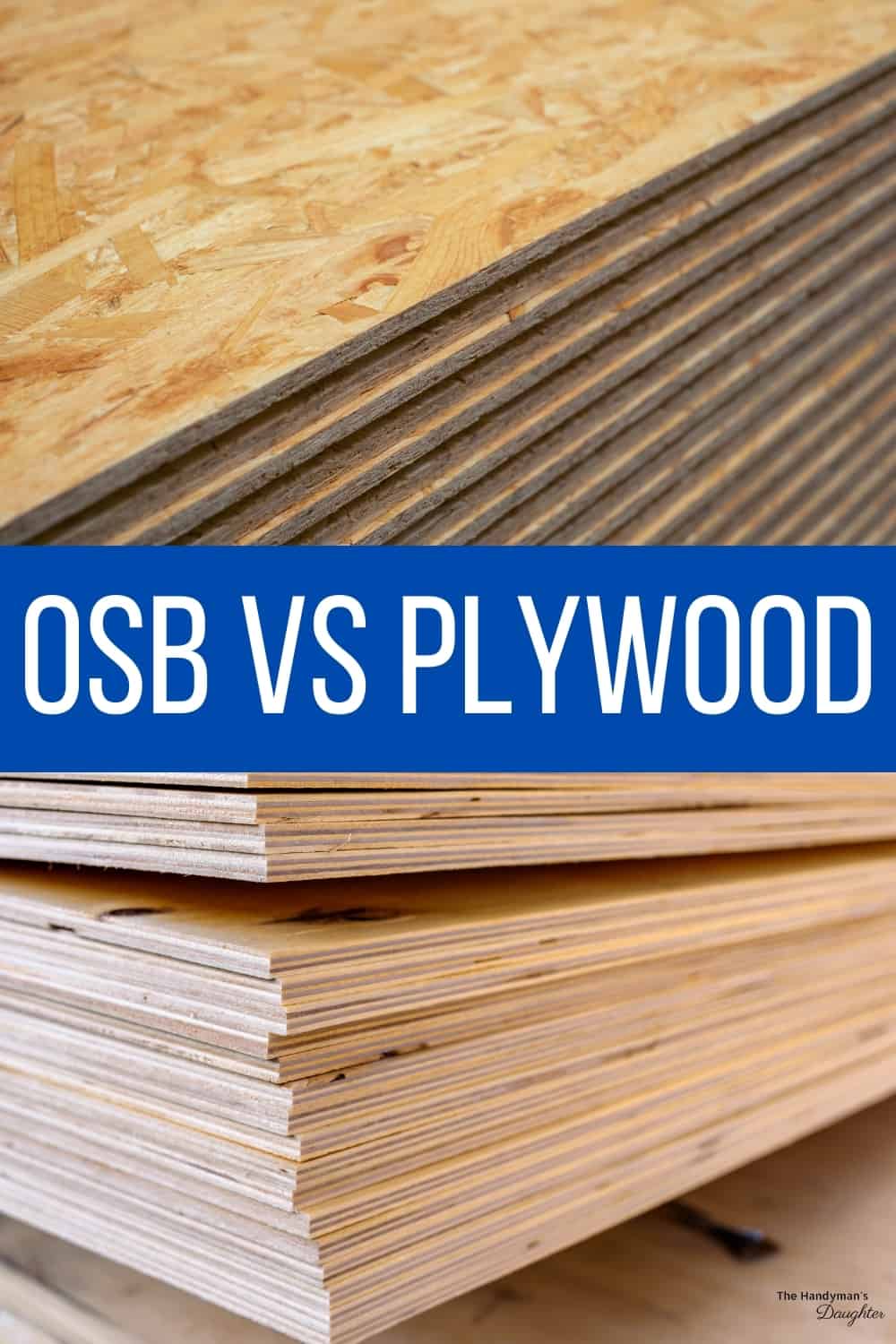
Often mistaken for plywood, OSB—or Oriented Strand Board—is a unique building material.
It’s an engineered wood panel formed by layering and compressing strands of wood in specific orientations.
This bond creates a sturdy, versatile board that is a popular choice in the construction industry.
- Cost-effectiveness: OSB is typically cheaper than plywood, making it an affordable choice for various projects.
- Durability: Its strength and resistance to moisture make OSB a reliable material for building.
- Variation in Sizes: Available in numerous sizes, OSB caters to different project needs.
- Eco-Friendly: Made from small, fast-growing trees, OSB is an environment-friendly option.
In terms of usability, OSB provides more uniformity and stability than regular wood or plywood.
Because of its consistent density, builders can utilize any part of the panel equally.
This makes it an excellent alternative in scenarios where structural integrity and uniformity are paramount.
What is Plywood?

Plywood is a manufactured wood product, composed from thin layers of wood veneer. These layers are glued together using an adhesive, with each layer’s grain rotated up to 90 degrees from the one below it. This design increases contrast and helps to reduce the risk of splitting when nailed around the edges.
The material is widely known for its impressive strength and durability. It is resistant to warping, cracking, and even shrinkage, making it a popular choice among various industries.
“Plywood earns high marks for its robustness and reliability.”
It offers excellent tensile strength as well, thanks to the cross-graining technique used during its production. This cross-graining also minimizes expansion and contraction, making plywood stable in fluctuating conditions.
On top of that, plywood is available in different types and grades, adding to its versatility. Factors like type of wood veneer, its intended use, and how it’s treated after manufacturing affect these grades.
OSB Vs Plywood Appearance
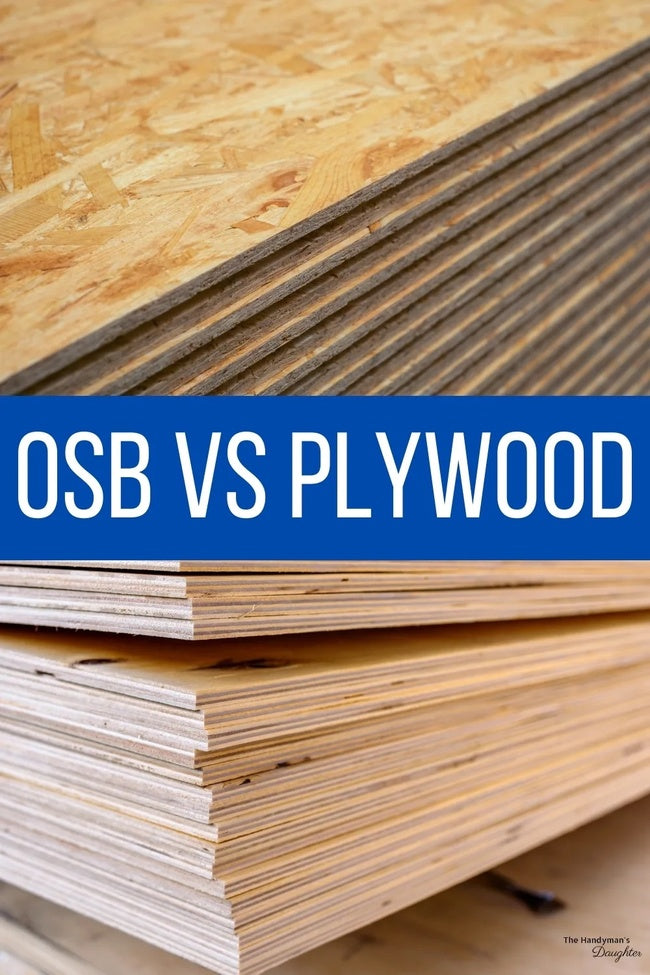
OSB boards have a coarse, textured feel with several wood chips fixed together using adhesive. The grasping texture contributes to OSB’s distinct look.
Plywood, on the other hand, offers a smooth surface with layered sheets of veneer. Its appearance is typically more refined and classic compared to OSB.
| Characteristic | OSB | Plywood |
|---|---|---|
| Texture | Coarse and Textured | Smooth |
| Material Composition | Wood Chips and Adhesive | Layered Veneer Sheets |
| Surface Feel | Grasping Texture | Clean and Classic Look |
| Aesthetic Appeal | Rustic and Distinctive | Elegant and Refined |
| OSB and Plywood comparison based on appearance characteristics. | ||
This table illustrates key differences in the aesthetic attributes of both materials.
Therefore, the choice between OSB and plywood depends largely on intended use and design preference.
Durability of OSB and Plywood
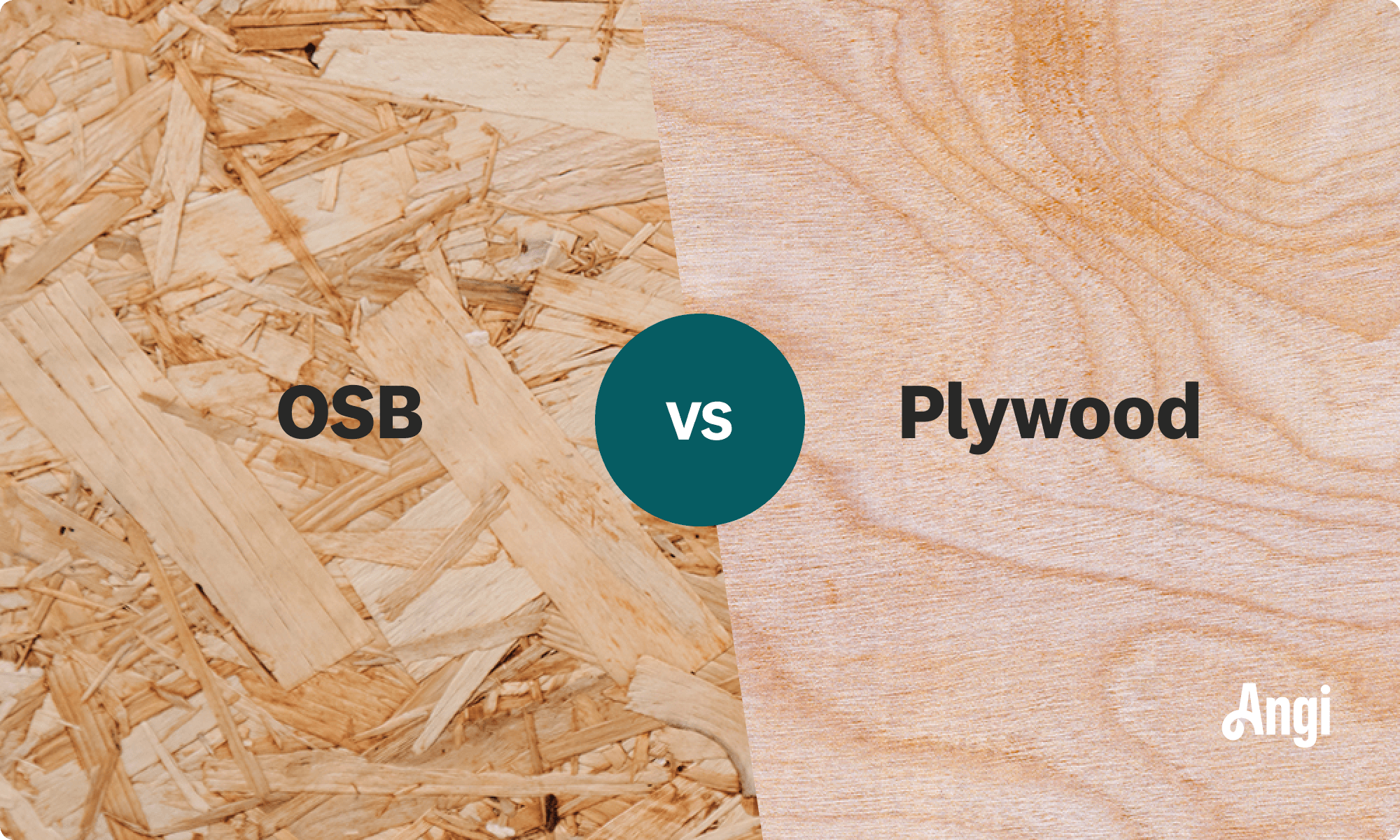
Understanding the durability of OSB (Oriented Strand Board) and plywood is crucial when choosing materials for your construction project.
Both OSB and plywood have unique characteristics that contribute to their durability.
Plywood is often praised for its strength and stability. Each ply, or layer, is oriented at a right angle to the layer beneath it. This cross-graining technique enhances strength and reduces the chances of warping or twisting.
In contrast, the manufacturing process of OSB involves compressing multiple layers of wood strands together using glue and heat under heavy pressure. The result is a strong, tough board that can withstand considerable stress.
Everyday conditions like moisture can have an impact on both materials. Proper sealing during installation can mitigate these effects, enhancing longevity.
If you’d like further insight into this topic, consider checking out this Reddit thread for diverse perspectives from experienced homebuilders.
Environmental Concerns with OSB and Plywood

Sustainability is a primary concern when it comes to construction materials. From that angle, analyzing OSB (strand board) and plywood raises substantial environmental discussions.
The manufacturing process of both materials impacts the environment differently. If one compares the two, facts surface regarding their ecological implications.
- OSB Production: This process uses small, fast-growing trees, promoting responsible forestry.
- Plywood Production: Typically, it requires larger, slower-growing trees which can strain forest resources more heavily.
- Energy Usage: Manufacturing plywood demands more energy than OSB, thus contributing more significantly to carbon emissions.
- Waste: Production of OSB generates less scrap material compared to plywood, leading to a decrease in waste.
For comprehensive information on the subject, you can check out this detailed account of Plywood vs. OSB from an environmental perspective. It’s essential to bear these differences in mind when choosing materials for construction projects. After all, sustainable choices are key for a healthier planet in times ahead.
The consumption rate of these two materials also tells a story about their environmental footprint. To elaborate further:
- Plywood Longevity: Due to its superior durability, plywood often lasts longer compared to OSB in harsh weather conditions.
- OSB Lifespan: Generally faster-decomposing if not maintained adequately or exposed to severe damp conditions.
To make informed and eco-friendly decisions on your building endeavors, consider accessibility and lifespan along with the ecological footprint of your construction materials.
Cost of OSB Vs Plywood
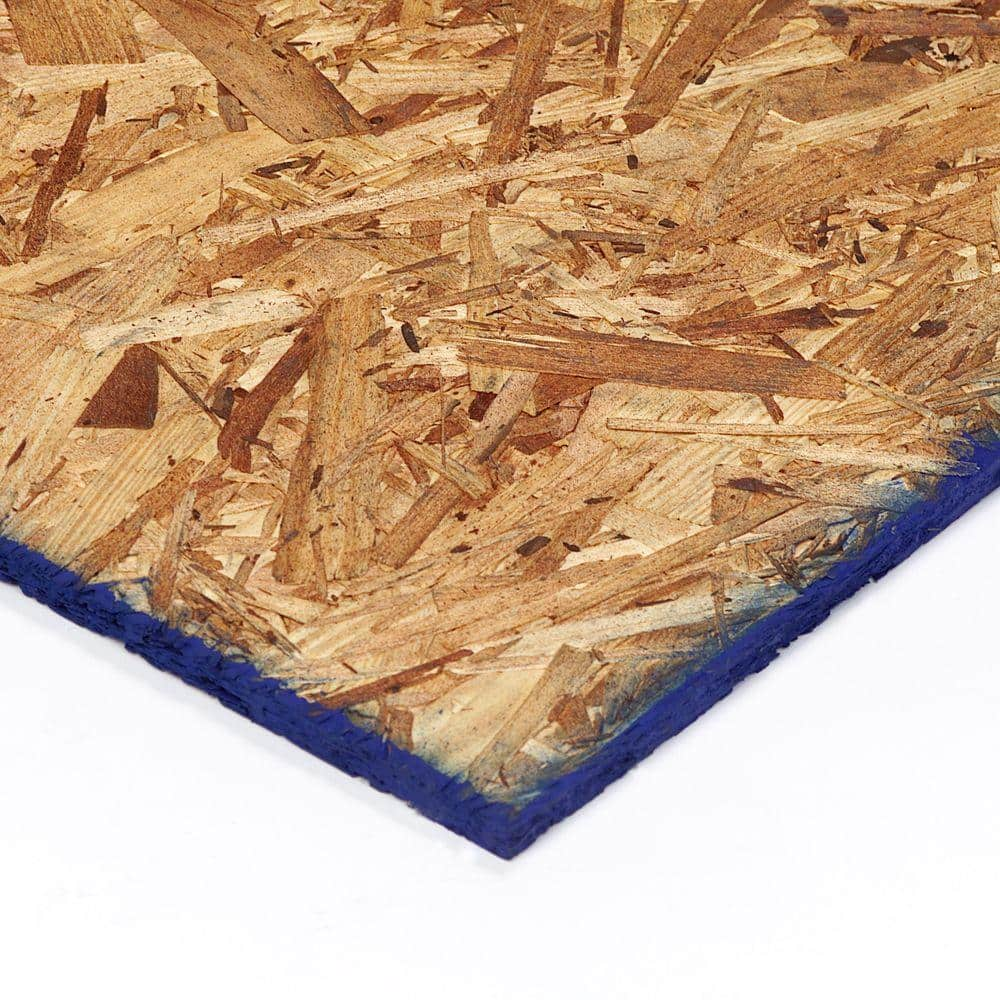
The financial implication of choosing between OSB and plywood significantly influences decision-making. To make an informed choice, you must understand the cost differences and why they exist.
Plywood generally commands a higher price than OSB due to the quality of materials and the manufacturing process involved. This doesn’t necessarily mean that it’s always the better choice. It ultimately depends on your specific requirements and budget constraints.
| Name | Mid-range Cost/ 4×8 Sheet | High-end Cost/ 4×8 Sheet |
|---|---|---|
| Plywood | $20-$30 | $40-$50 |
| OSB | $10-$20 | $20-$30 |
In evaluating expenses, it’s also wise to consider durability and usability. For specific information on prices, I recommend visiting Home Depot.
Operating within budget while meeting expectations remains at the heart of selecting between OSB and plywood.
Installation Comparison for OSB and Plywood
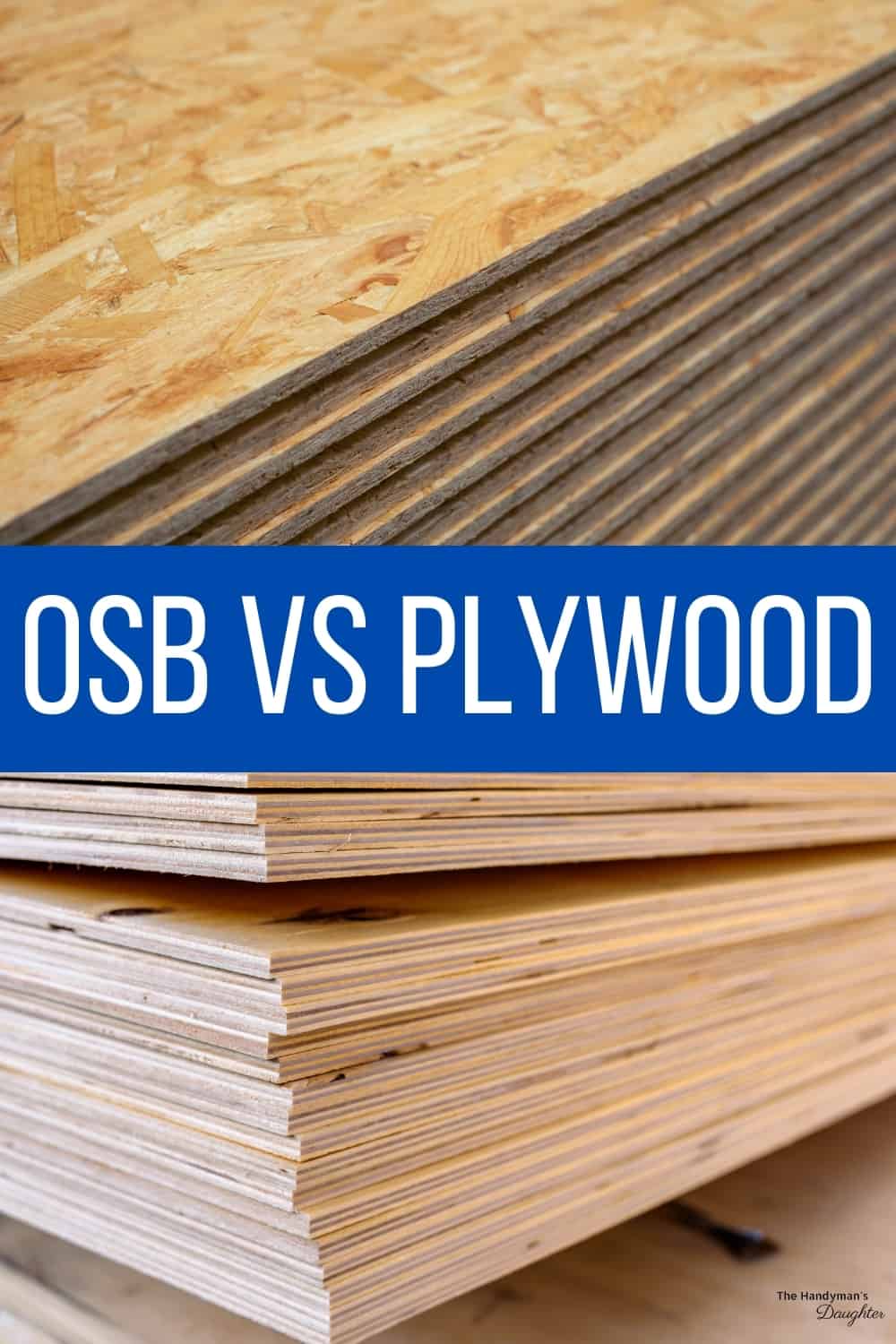
How does installation differ between OSB and Plywood?
Plywood has been the choice material for subfloors, roof sheathing and wall sheathing. Its easy handling characteristics make the installation a breeze.
It’s less likely to break or crack compared to other materials which significantly reduces waste during installation.
What makes OSB installation different?
OSB, on the other hand, offers a comparable performance to plywood. However, its denser composition might make handling slightly more tricky.
The edges tend to chip or break if not handled with care. It’s an aspect to keep in mind during installation processes.
Do I need specific tools for installation?
No special tools are needed for installing either material. You primarily need something to cut them with like a saw and nails or screws for attachment.
Which material is quicker to install?
Both materials are comparable in terms of installation speed. The time it takes largely relies on the installer’s skill level and experience.
Water Resistance of OSB and Plywood
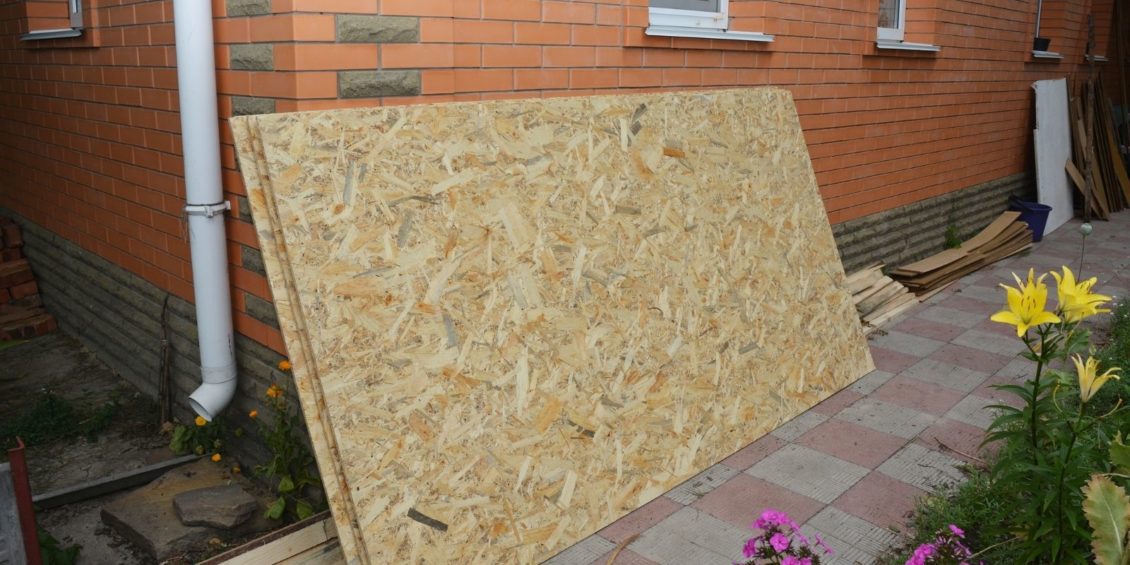
When selecting materials for a project, water resistance is a crucial factor.“
Both Oriented Strand Board (OSB) and plywood have water resistance properties, but they differ greatly.
OSB’s Water Resistance
OSB is engineered to withstand moisture to some extent.
Its compact structure blocks water penetration, but it’s not impervious.
Prolonged exposure to water can cause OSB to swell and lose strength.
Plywood and Moisture
Just like OSB, plywood also boasts some level of water resistance.
It has multiple layers glued together which can resist swelling caused by moisture.
A Comparative Look
Plywood generally stands up against moisture better than OSB under extreme conditions.
However, both should be protected from prolonged exposure as part of good practice.
Note that any changes in their structure due to water can affect their performance.
OSB Vs Plywood Resale Value
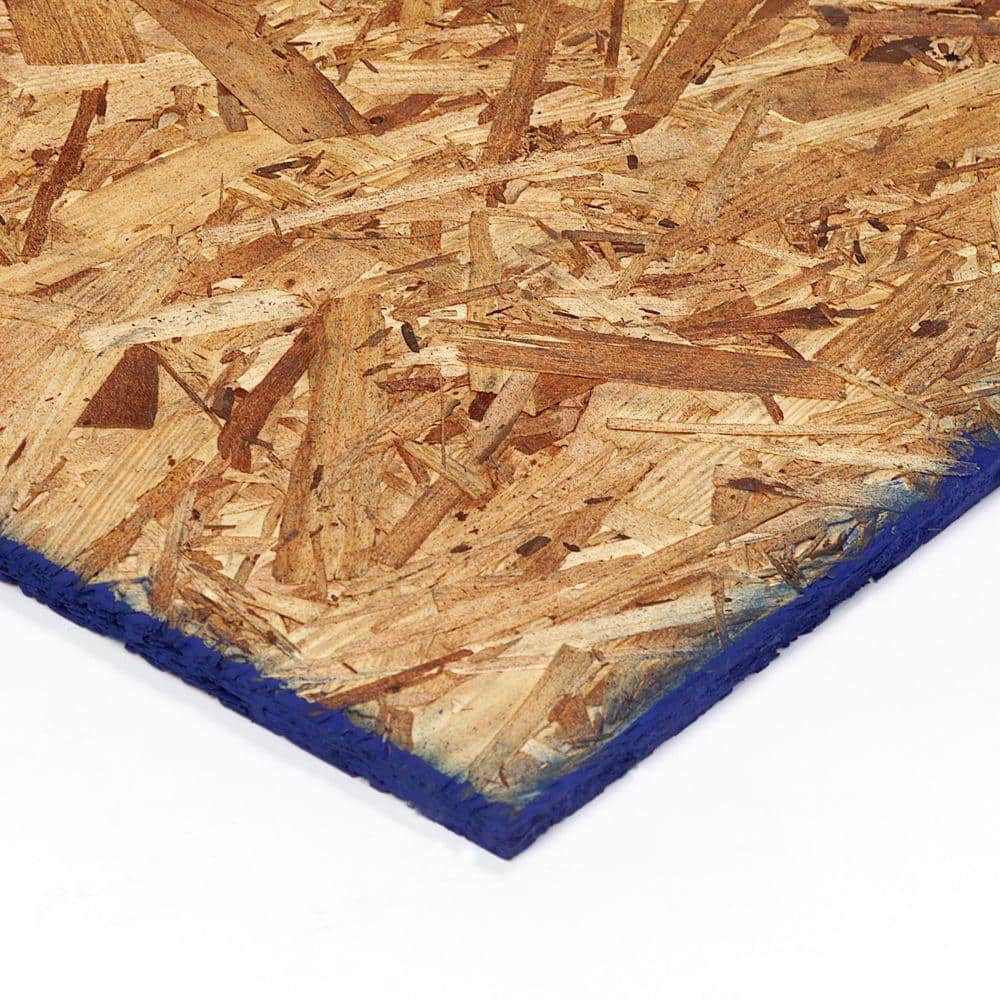
When considering resale value, the choice between Oriented Strand Board (OSB) and Plywood holds significance. Different factors play into this equation.
Appearance often determines a buyer’s initial interest. OSB tends to have a rougher look, which may not appeal to all. Plywood generally provides a cleaner, smoother finish.
- Durability is another key aspect. Plywood tends to be stronger than OSB and can endure more stress before showing signs of wear.
- Craftsmanship, however, offers an area where OSB can shine. Precise cuts and joins can result in a high-quality finish that rivals plywood.
- Maintenance costs play a role too. Plywood traditionally requires less maintenance than OSB, adding to its value over time.
Potential buyers might also consider the project’s life expectancy. In general, projects constructed with plywood tend to last longer than those built with OSB.
Lastly, ecological considerations might influence some buyers. Plywood usually uses more trees than OSB, making the latter considered a more sustainable option.
Final Verdict
When comparing OSB and plywood for exterior walls, plywood emerges as the superior choice. It’s more durable, weather-resistant, and less likely to delaminate under extreme conditions than OSB. Despite being a bit pricier, plywood’s long-term benefits make it the more sensible investment for your exterior wall needs.
